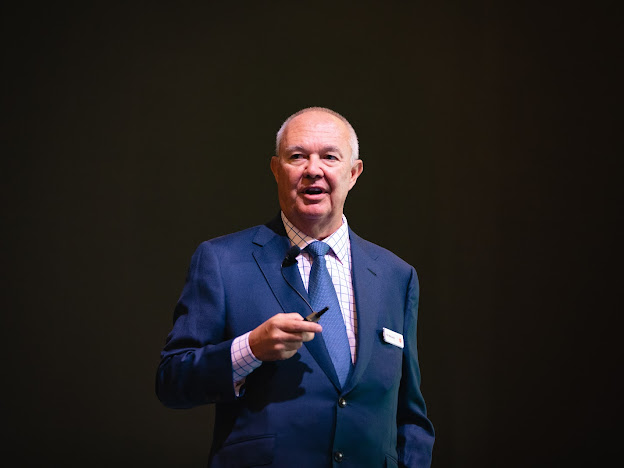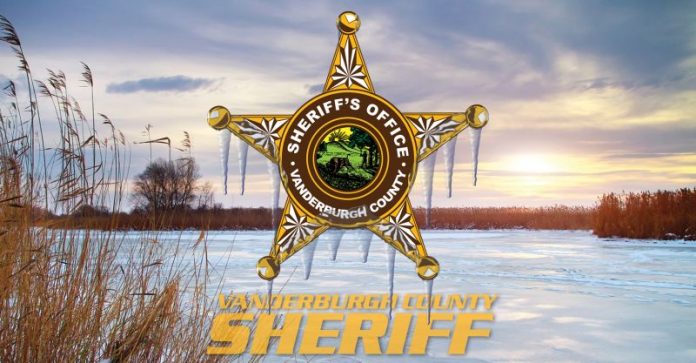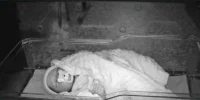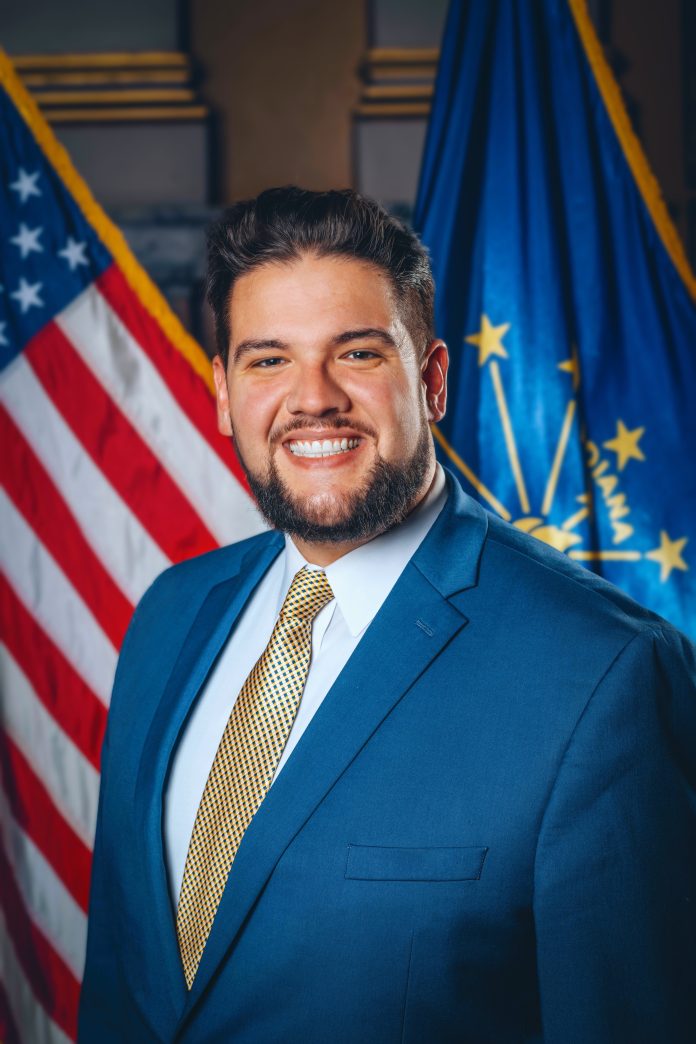FOOTNOTE: EPD DAILY ACTIVITY REPORT information was provided by the EPD and posted by the City-County-County Observer without opinion, bias, or editing.
“IS IT TRUE” FEBUARY 4, 2025
The Future of NIL: Building a Pathway for Athletic Success
 The Future of NIL: Building a Pathway for Athletic Success
The Future of NIL: Building a Pathway for Athletic Success
By Joe Wallace
February 4, 2026
In 2021, the landscape of college athletics changed dramatically when the NCAA adopted new rules allowing student-athletes to profit from their Name, Image, and Likeness (NIL). For private universities like the University of Evansville (UE), establishing an NIL program could not only provide transformative opportunities for student-athletes but also enhance the school’s visibility and competitiveness in the evolving world of collegiate sports.
What Are NIL Programs?
NIL programs are initiatives that enable student-athletes to receive compensation for activities such as endorsements, sponsorships, social media partnerships, appearances, and even creating their own businesses. Previously, NCAA rules prohibited athletes from earning income related to their athletic identity. The new NIL regulations empower athletes to profit while maintaining their collegiate eligibility, leveling the playing field with opportunities already available to non-athlete students.
In practice, NIL programs often involve the creation of a collective or fund, managed by an independent or university-affiliated entity. These funds pool resources from alumni, local businesses, and other donors to support athletes. The goal is to provide financial incentives while fostering personal and professional development for the athletes.
How NIL Programs Work
To establish and manage an NIL fund, a university typically works with alumni networks, local businesses, and other stakeholders to secure contributions. The collected funds are then distributed to athletes who engage in approved NIL activities. Universities and athletic departments often provide guidance, education, and resources to ensure compliance with NCAA rules and state laws. Transparency is key, as the funds must not be tied to athletic performance or recruitment promises.
For example, athletes might receive compensation for:
- Social media promotions featuring local businesses.
- Participating in autograph signings or meet-and-greet events.
- Endorsing regional or national brands.
- Offering sports clinics or personalized training sessions.
The university’s role is primarily to educate athletes on how to navigate contracts, taxes, and brand management while ensuring compliance with regulations.
Why the University of Evansville Should Act
The University of Evansville, with its rich athletic history and strong community ties, is well-positioned to benefit from an NIL fund. Here’s how:
- Recruitment Advantage: In the competitive world of collegiate sports, NIL programs are a valuable recruitment tool. Prospective athletes are increasingly drawn to schools that offer structured opportunities to monetize their NIL.
- Retention of Talent: An effective NIL program can help retain talented athletes who might otherwise transfer to larger programs with better NIL resources.
- Community Engagement: By partnering with local businesses and alumni, UE can strengthen its community relationships while providing athletes with meaningful opportunities to connect with the region’s businesses and fans.
- Enhanced University Profile: A well-managed NIL program can elevate UE’s brand nationally, attracting not only athletes but also students and faculty interested in being part of a progressive institution.
- Financial Growth for Athletes: The program ensures that student-athletes benefit directly from their contributions to the university’s success, creating a more equitable and rewarding athletic experience.
Examples of Similar Universities Leveraging NIL
Several private universities with similar profiles to the University of Evansville have successfully launched NIL initiatives:
- Valparaiso University: With an enrollment of about 3,000 students, Valparaiso’s athletic department has collaborated with alumni and local businesses to develop an NIL collective that focuses on regional partnerships. This effort has helped the university’s athletes build personal brands while promoting community involvement.
- Drake University: A private institution in Iowa with just over 4,800 students, Drake has embraced NIL by educating its athletes and fostering partnerships with local businesses. Their focus on compliance and athlete education has made their NIL program a model for small private universities.
- Butler University: Butler, with an enrollment of approximately 5,500, launched the “Bulldog Collaborative,” an NIL fund designed to connect athletes with Indianapolis-based businesses. This initiative has enhanced recruitment and bolstered Butler’s competitive position in the Big East Conference.
To establish an effective NIL fund, the University of Evansville could take the following steps:
- Engage Alumni: UE has a passionate alumni base that could be tapped for financial support and mentorship opportunities. Alumni can provide resources, advice, and professional connections for athletes.
- Partner with Local Businesses: Evansville’s business community is an untapped resource. By forming partnerships, UE can create mutually beneficial opportunities that promote both the city and the university.
- Educate and Empower Athletes: UE should prioritize education on NIL regulations, financial literacy, and personal branding to ensure athletes are equipped to maximize their opportunities.
- Leverage Digital Platforms: Social media and other digital tools can amplify athletes’ visibility, making it easier for them to attract sponsorships and other NIL opportunities.
- Collaborate with Legal and Compliance Experts: Ensuring compliance with NCAA and state regulations is critical to the program’s success and sustainability.
Conclusion
By investing in an NIL fund, the University of Evansville has the opportunity to position itself as a leader among small private universities in the NIL era. Such a program would not only attract top athletic talent but also foster deeper connections between the university, its alumni, and the broader Evansville community. In doing so, UE can ensure a brighter future for its athletic programs and its student-athletes, both on and off the field. The only downside to the NIL programs nationally is that the universities with the most money will have better players. The talent gap will get wider than it has already gotten. The Purple Aces will have a better chance to compete with an NIL program in place and as we all know, winning teams sell tickets.
BOARD OF PARK COMMISSIONERS REGULAR MEETING
BOARD OF PARK COMMISSIONERS
REGULAR MEETING
ROOM 301, CIVIC CENTER COMPLEX
WEDNESDAY, FEBRUARY 5, 2025
NOON
AGENDA
1. CALL TO ORDER
2. ELECTION OF OFFICERS
3. MEETING MEMORANDUM JANUARY 22, 2025
4. CONSENT AGENDA
a. Request Re: Approve and Execute Park Property Use Permit Application with Franklin Street
Events Association for the “2025 Franklin Street Bazaar”. – Crook
b. Request Re: Approve and Execute Park Property Use Permit Application with SWIRCA & More
for the “21st Annual Brewfest” at the West Side Library Park on July 12, 2025. – Crook
c. Request Re: Approve and Execute Park Property Use Permit Application with Tri State Creation
Care for “EV’s for Evansville” car show at Wesselman Park on October 4, 2025.- Crook
5. OLD BUSINESS
N/A
6. NEW BUSINESS
a. Request Re: Any Other Business the Board Wishes to Consider and Public Comment.
7. REPORTS
Danielle Crook- Executive Director
8. ACCEPTANCE OF PAYROLL AND VENDOR CLAIMS
9. ADJOURN
House bill would update Indiana’s Safe Haven law for surrendering infants
FEBRUARY 4, 2025
As the 2025 legislation session is ramping up, scores of bills are waiting to be introduced to different committees with hopes of potentially becoming law—such as House Bill 1099, which passed its second reading in the House Family, Children and Human Affairs Committee last week.
HB 1099 would raise the maximum age an infant can be safely given up to 60 days and change the definitions of “abandoned child” and “foster youth.”
Indiana has a Safe Haven law that allows a person the ability to anonymously give an infant up without being arrested if there’s no sign of intentional abuse and no information required. With this law, the infant has to be 30 days of age or younger.
That was a law that passed in 2000, and in 2016, Indiana started installing “baby boxes” in certain locations, such as fire stations and hospitals. The baby boxes can be used to safely surrender an infant. The latest baby box was installed in Mishawaka, making 141 locations in Indiana with a baby box and 300 in the nation.
In an interview with TheStatehouseFile.com, bill author Rep. Dale Devon, R-Granger, said what prompted him to write a bill about baby boxes was serving on a summer study committee reviewing child fatalities.
“Every time a child dies in Indiana, each county has a fatal review team, and it’s made up of different people, from prosecutors to law enforcement, public defenders and doctors, and we look at the process of what happened to that child and why it died,” he said.
“And so every year, on average, it’s sad to say, but it’s about 60 children die every year in Indiana from neglect and abuse. Over 300 die, but a lot of times, it’s car accidents, drowning or a disease, but neglect and abuse is one thing that as chairman of the family and children’s committee, we have to review those reports that come back and to try to determine what can we do in the state.”
DeVon challenged the Department of Child Services to do a deeper dive to see the commonalities from year to year.
With about seven years of reporting, DCS said 11% of kids that pass away every year die under the age of 2 months.
“So a few years ago, we created these safe haven boxes that if a mother or a father wanted to surrender their child without any penalty, they could put this child in a safe haven box,” DeVon said. “And so we increased the age from 30 days to 60 days to make it less harmful for a mother to surrender her child if she didn’t feel she could be worthy of a mother.”
The initiative is a DCS recommendation, focusing on proactive measures to save children’s lives by placing them in safe environments early.
FOOTNOTE DeMarion Newell is a reporter for TheStatehouseFile.com, a news website powered by Franklin College journalism students.
O’Brien statement on House Bill 1489 passing House
Note to the Press – State Rep. Tim O’Brien (R-Evansville) issued the following statement in regard to legislation he authored, House Bill 1489, passing the House of Representatives. The legislation, which would establish an Indiana-Ireland trade commission, now moves to the Senate for further consideration:
STATEHOUSE (Feb. 3, 2025) – “Indiana has long had strong cultural and economic ties to Ireland and establishing an Indiana-Ireland trade commission would strengthen that foundation. This commission could open doors for new business opportunities, encourage investment and bolster our state’s position on the global stage. I’m proud to author this bill and see it pass the House and look forward to its consideration in the Senate.” – State Rep. Tim O’Brien (R-Evansville)
State Comptroller Nieshalla Leads Roundtable Discussion
STATEHOUSE – Indiana State Comptroller Elise Nieshalla gathered local government leaders from around the state for a roundtable discussion geared toward process, training and cybersecurity enhancements. This event is a forum for the Comptroller and representatives from several associations of local officials to further collaborate in their partnership to distribute tax revenues in service to Hoosiers. As a former local official, Comptroller Nieshalla understands the importance of the relationship between state and local government and says having open and ongoing dialogue is key to successful public service.
“By seeking the expertise of local government leaders, we gain valuable insights into their specific challenges and how our office can best be at their service,” said State Comptroller Nieshalla. “I look forward to incorporating the feedback from our meaningful discussions that provides input for meeting our future service delivery goals.”
One of the key responsibilities of the State Comptroller’s Office includes the disbursement of tax revenues to local units of government, along with the accounting and reporting of state funds, paying state employees and vendors, administering the state’s deferred compensation plan, and managing the Indiana Transparency Portal.
Collaborating with local leaders fosters the highly valued relationships between the Comptroller’s Office and local units statewide, in addition to providing information to further empower the office’s commitment of operating in a mode of continuous improvement.
Today’s discussion was focused on automating data inputs, reviewing and approving the settlement process, addressing future training needs, and cybersecurity assistance to mitigate security and fraud risks.
The roundtable attendees:
- Debra Carnes, Auditor, Hancock County
- Jennifer Flater, County Treasurer, Clay County
- Kristinia Hammack, Auditor, Perry County
- Heather Laffoon, Treasurer, Montgomery County
- Shelley Mawhorter, County Auditor, Noble County
- Carrie Mugford, Clerk-Treasurer, Town of North Manchester
- Anton Neff, County Council, Owen County
- Susan Sleeper, Auditor, DeKalb County
- Kellie Streeter, County Commissioner, Knox County
- Debbie Walker, County Auditor, Henry County
- Mike Watkins, Auditor, Gibson County
Attendees include the officers of their respective state associations or individuals recommended by their association (Indiana County Auditors, Treasurers, Commissioners, Councils Associations and Accelerate Indiana Municipalities Clerk Treasurers).
HOT JOBS
|
||||||||||||||||||||||||||||||||||||||||||||||||||||||||||||||||||||||||||||||||||||||||||||||||||||||||||||||||||||||||||||||||||||











